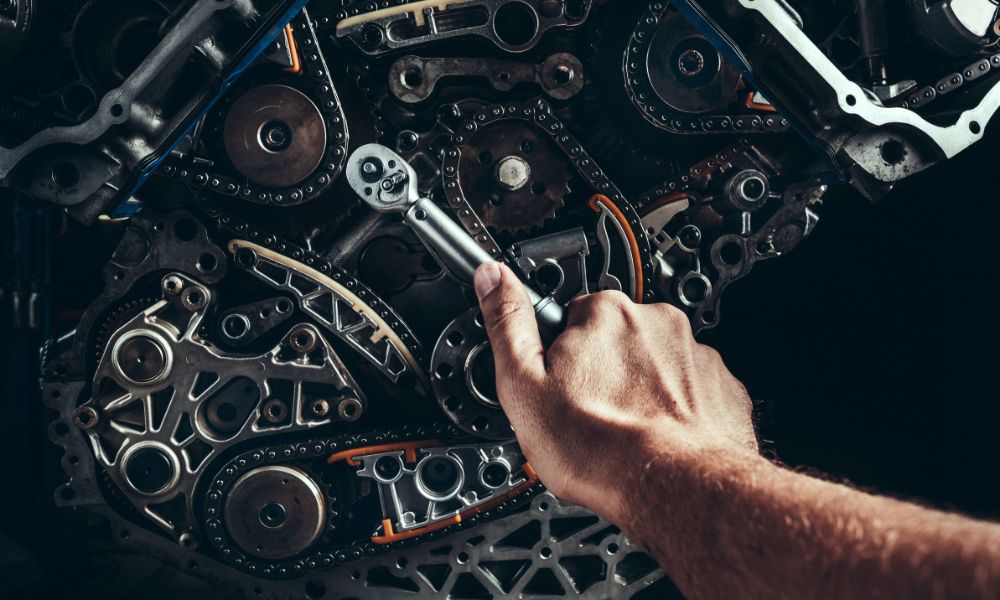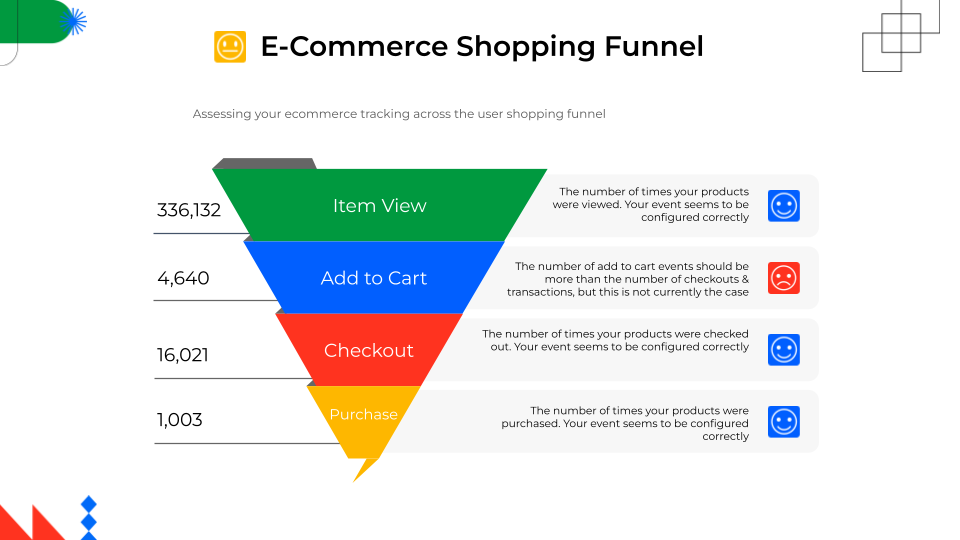In the dynamic realm of SOP Example in Manufacturing, where efficiency, precision, and innovation are paramount, the integration of the 5W1H methodology with Kaizen principles stands as a powerful approach for continuous improvement. In this article, we will explore how the 5W1H (Who, What, When, Where, Why, and How) method aligns with Kaizen, emphasizing its role in shaping effective Standard Operating Procedures (SOPs) for perpetual enhancement within the manufacturing sector. Throughout our exploration, we will provide concrete examples to illustrate the impact of this integration on driving continuous improvement.
Kaizen Philosophy: A Culture of Continuous Improvement
The Essence of Kaizen
Kaizen, a Japanese term meaning “change for better” or “continuous improvement,” is a philosophy that permeates the manufacturing sector. It emphasizes incremental improvements in processes, products, or systems, fostering a culture where every employee actively contributes to refining and optimizing operations.
The Synergy of 5W1H and Kaizen
Addressing the Fundamental Questions for Improvement
The integration of 5W1H with Kaizen provides a structured approach to continuous improvement. Let’s explore how each element contributes to the synergy:
Identifying the right person for a task, considering qualifications and expertise, ensures that responsibilities are assigned to individuals who can contribute effectively to improvement initiatives.
Understanding the specific tasks or processes that need improvement lays the foundation for targeted enhancements. This clarity ensures that efforts are focused on areas that can yield the most significant impact.
Determining the optimal timing for improvement initiatives is crucial. Whether it’s addressing inefficiencies in real-time or scheduling focused improvement projects, the ‘When’ question ensures strategic and timely interventions.
Identifying the optimal location for improvement activities ensures efficiency. Whether it’s streamlining the flow of materials on the shop floor or optimizing storage areas, addressing the ‘Where’ question contributes to spatial efficiency.
The ‘Why’ question delves into the purpose and necessity of a task. Applying this to improvement initiatives ensures that efforts are aligned with overarching goals and that identified changes have meaningful impact.
Determining the best way to perform a task involves evaluating methods, tools, and materials. The ‘How’ question aligns with Kaizen’s focus on optimizing processes for efficiency and effectiveness.
Kaizen and the 5W1H Method in Action
Applying the Principles to SOPs
Consider the creation of an SOP for a specific manufacturing process, such as quality control inspections for a final product. Integrating Kaizen and the 5W1H method involves:
Assigning trained personnel with a keen eye for detail to conduct quality control inspections ensures that the right individuals are responsible for maintaining high standards.
Defining the specific steps involved in the quality control process, such as visual inspections, measurements, and documentation, ensures a comprehensive understanding of the tasks at hand.
Establishing a schedule for regular quality control inspections, whether at specific production milestones or at the completion of each batch, ensures timely assessments.
Designating an efficient location for quality control activities, such as a dedicated inspection area, contributes to the streamlining of processes and minimizes disruptions to production.
Clearly articulating the purpose of each inspection, whether for compliance with quality standards or the identification of potential defects, ensures that the ‘Why’ is ingrained in every step of the process.
Detailing the methods, tools, and criteria for quality assessments ensures that the ‘How’ aligns with Kaizen principles of optimizing the inspection process for accuracy and efficiency.
Benefits of 5W1H and Kaizen Integration
Driving Continuous Improvement and Operational Excellence
The integration of 5W1H with Kaizen within the manufacturing sector offers several advantages:
Focused Improvement: By addressing fundamental questions, improvement efforts are targeted and aligned with specific areas of need.
Employee Involvement: Kaizen principles, coupled with the inquiry-based nature of 5W1H, encourage employees at all levels to actively contribute ideas for continuous improvement.
Efficiency Gains: The structured approach of 5W1H ensures that improvement initiatives are well-planned and executed, leading to increased efficiency and streamlined operations.
Problem-Solving Culture: The synergy of 5W1H and Kaizen fosters a culture of problem-solving, where challenges are viewed as opportunities for enhancement rather than obstacles.
Conclusion: A Holistic Approach to Continuous Improvement
Shaping the Future of Manufacturing Excellence
In conclusion, the integration of 5W1H with Kaizen forms a holistic approach to continuous improvement within the manufacturing sector. By addressing fundamental questions and applying structured methodologies, organizations can drive efficiency, enhance quality, and foster a culture of perpetual improvement.
As manufacturing landscapes evolve, the synergy between 5W1H and Kaizen becomes increasingly vital. It represents a pathway to operational excellence where every aspect of a process is subject to inquiry, analysis, and enhancement. From creating SOPs that embody these principles to instilling a culture of continuous improvement, the integration of 5W1H and Kaizen shapes the future of manufacturing, ensuring that organizations not only meet current standards but actively strive for excellence in every aspect of their operations.















